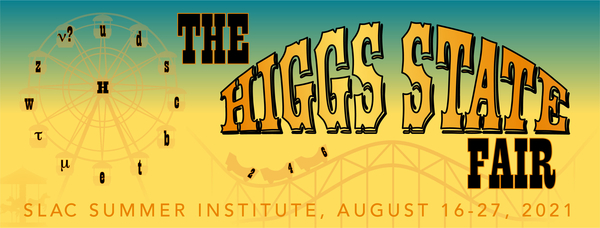Speaker
Description
General relativity with fermions has two independent symmetries: general coordinate invariance and local Lorentz invariance. General coordinate invariance is implemented by the Levi-Civita connection and by Cartan's tetrads both of which have as their action the Einstein-Hilbert action. It is suggested here that local Lorentz invariance is implemented not by a combination of the Levi-Civita connection and Cartan's tetrads known as the spin connection, but by independent Lorentz bosons $L^{ab}_{\phantom{ab} i}$ that gauge the Lorentz group, that couple to fermions like Yang-Mills fields, and that have their own Yang-Mills-like action. Lorentz bosons couple to fermion number and generate a spin-dependent static potential that violates the weak equivalence principle. If a Higgs mechanism makes them massive, then the static potential also violates the inverse-square law. Experiments put upper bounds on the strength of such a potential for masses $m_L < 20$ eV. These upper limits imply that Lorentz bosons, if they exist, are nearly stable and contribute to dark matter.



